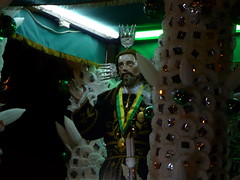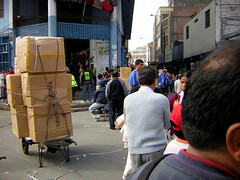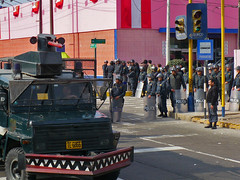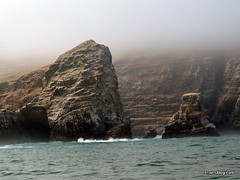Machu Picchu Artifacts To Return Home
By Maureen Stanucci
After years of arguments, some quite bitter, Yale has finally agreed to send back some of the many artifacts it holds, originally taken from Machu Picchu and other ancient Peruvian archaeological sites. Some of these are due to arrive in Cusco in time for the 100th year anniversary of Hiram Bingham’s rediscovery of the citadel. The rest will reach Peru by December 2012.
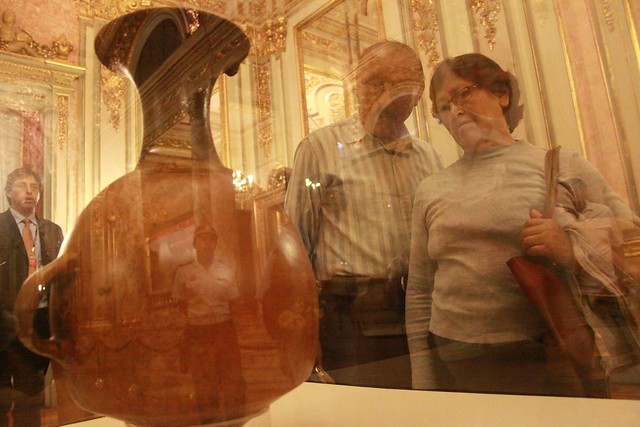
In 1912, Hiram Bingham received permission from the Peruvian government to excavate and to send pieces back to Yale University, an exception to a law which prohibited the exporting of artifacts. However, within this resolution was stated that the Peruvian Government reserved the right to request the pieces’ return. In 1914, Bingham returned to excavate at other sites as well and, under this agreement, the pieces found were only loaned to Yale for 18 months.
In 1920, Peru requested the return of those artifacts found during the 1912 expedition. The Yale treasurer at the time requested an extension until 1922 which was granted. The artifacts however were never sent back.
Since 2003, the Peruvian government and the American university have been in negotiations trying to reach an agreement. In 2008, Peru filed a lawsuit stating that the holding of the artifacts by the university was illegal. Had the suit actually made it to court, it is unclear as to what the determination would have been. Yale claimed that the statute of limitations was up while Peru claimed that it had no bearing under the Peruvian law that governed the original agreement. It’s likely that, however the suit played out, it would have taken years to reach any resolution.
Instead, however, in the last year an agreement was finally made for the return of the pieces. Although it seemed like a sudden reversal of the university’s stance, they were able to negotiate an agreement that answered some prior concerns.
One of those concerns was where the pieces would be housed once in Peru. Without the proper environment, there was reason to fear that the collection would not be safely preserved. Another concern was that they would not be properly researched.
Prior work on the collection done by Yale has shown that some of the earlier assertions by Bingham about the citadel were incorrect. For example, they now believe that the number of men and women were around equal. This would disprove one of Bingham’s theories that the site housed temple virgins.
Under the current agreement with Yale, the pieces will be housed in Casa Concha, a 16th century mansion in the center of Cusco. The resolution also creates a research agreement between Yale and the University of San Antonio Abad in Cusco under which both institutions will have the ability to study the artifacts.
NOTE: The artifacts are currently on display in Lima’s presidential palace, but only until the 17th of April.
This is a guest article sponsored by Aracari, a luxury travel consultant specializing in luxury Peru tours.
Tags: cusco, hiram bingham, incas, machu picchu, yale



